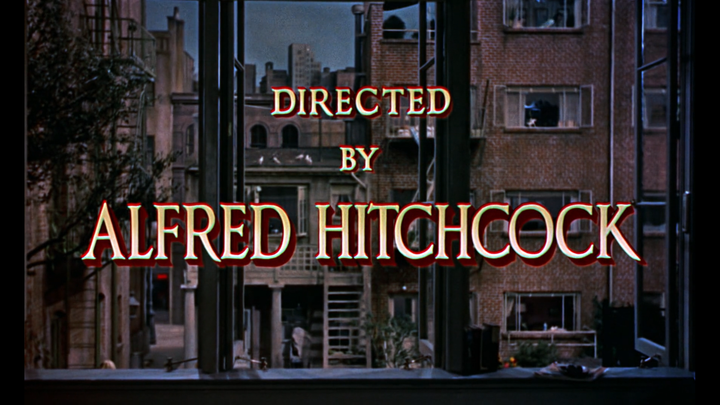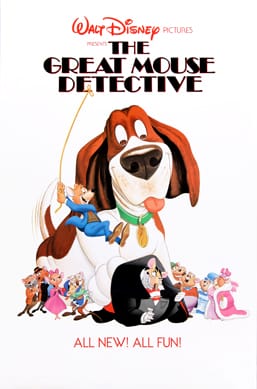Introduction to The Mary Tyler Moore Show

The Mary Tyler Moore Show is considered a landmark TV show, and it is one of my personal favorite comfort shows. It had a killer cast, including of course Mary Tyler Moore herself, but also Ed Asner, Cloris Leachman, Valerie Harper, and even eventually the wonderful Betty White. Despite the fact that I don’t see it mentioned much anymore, when it was airing it was considered pretty groundbreaking and has had a lasting influence on the world of television. Many people, including Tina Fey, have credited it with inspiring their own work, because of how well it managed to land both the workplace and home life dynamics. And while it hasn’t aged perfectly it gets a lot of credit for its themes of feminism and forward thinking politics. Mary Richards (MTM’s character) not only starts as a single woman, but one in her 30s and ends the show still single only now in her 40s. The show was witty, clever, and not afraid to tackle any number of issues both humorous and serious. Even if you have not watched a single episode it is likely something you enjoy was shaped by or inspired by what this show did and the impact it made.
But of course all shows have to start somewhere and pilot episodes can be rough. “Love is All Around” is the theme song of the show but also the title of the first episode. And honestly as far as first episodes go, this one isn’t bad. First episodes are no easy feat, you have to introduce the audience to your characters and the main foundation of the show but without it feeling forced, then you have to introduce the dynamics of the characters and show. This can seem like no big deal, but when you really think about it, shows often rely on the audience having knowledge of the players to help fill some of the gaps as to why people are behaving certain ways with each other or in a particular situation. You don’t have that to fallback on. So how do you show these dynamics without it feeling stiff or once again forced.
The Mary Tyler Moore Show had a solid solution, which lead to a decent result. Mary has been broken up with by her “long time” boyfriend who everybody expected to propose after she waited for him to finish becoming a doctor. I use “”s because the 70s definition of long term is not what I would call most modern people’s but that happens when watching older shows, they are gonna age no matter what. I digress. She is ready to start over and so moves.
We are first introduced to Mary’s home life dynamic. Phyllis is her old friend who desperately wants Mary to move into the apartment she manages and in the process shows her controlling nature and disregard for other people, namely Rhoda. Rhoda is honest and abrasive, and she and Mary are fighting over the empty apartment. But the fact that they have great friendly chemistry shines through with both admitting they would be friends in other circumstances. This is a constant for several seasons, before both Rhoda and Phyllis spun off to their own shows. Phyllis and Rhoda being “frenemies” with Mary in the middle.
We then switched to the worklife dynamic. Mary goes to WJM-TV to look for a job as a secretary. She meets the crotchety, and sometimes a bit backwards, Lou Grant. Lou declares that Mary has spunk and that he hates it, but despite that hires her to be his associate producer. Their relationship is really the cornerstone to most of the show and Lou and Mary’s differing opinions and fatherly dynamic help guide Mary. Most of the powerful scenes throughout the show can be traced back to Lou, either with Mary butting heads with him or him inspiring Mary to be her best. In fact what is largely considered the most important episode in the series, one where Mary goes to jail for a source, is because Mary wants to live up to Lou. She meets the rest of the crew, the well meaning but sometimes a bit much Murray and the completely hapless Ted Baxter.
The show manages to do all this without feeling like we are being told things that we should already know. Choosing to have Mary be new allows the audience to be new with her. All of the characters having established relationships makes sense, and we get to see them unfold, with Mary as an outside observer. It would make sense that she would be watching along with the audience and learning what we are learning with us.
It works incredibly well and manages to strike a good balance. It is not perfect, the comedy gets a lot better as the show grows and develops and the stiffness that often happens with these episodes is present. The point is it’s not so present that the episode becomes unwatchable. It lays a nice foundation that the show is able to easily build on.
The show also tells us what to expect with the ending. First Lou shows up drunk and Mary mistakenly believes he is hitting on her. She stands up to him, with a bit of her “I’m Mary and I am nervous” shining through, but her overcoming it. This is also something that remains throughout the show, Mary is rarely fully confident when she takes a stand, but she still takes it. It’s refreshing to see in fact, that Mary can be both timid but have the courage of her convictions when needed. But she realizes she has misread Lou entirely. Lou Grant may dip into a bit of sexism here and there throughout the show, but he is never a dog.
Mary’s boyfriend also arrives to try to convince her to come back. There is a lot of back and forth and plenty of Lou being hilarious during this serious moment, but Mary ultimately says no. And in the wake of doing so declares herself too good for a man like him. Honestly, it might seem a little trite now, but this is pretty bold for a 70s show. Especially one starring an actress who got her start being what good women on TV were, a wife and mother. Mary Richards is not going to be Laura Petrie, and everybody should know that going in.
“Love is All Around” really does an exceptional job telling people exactly what to expect. By the end we know who the characters are, we know what Mary’s journey is going to be, and we know what the foundation for the show is. Yes, the show shifted a bit here and there, and rough edges are always ironed out, but as far as “this is what you are getting” it is one of the best first episodes. Again, the writing found better pacing and the jokes only improved, but this is honestly one of the best introductions to a sitcom. If you have been thinking about watching The Mary Tyler Moore Show, or this piece has inspired you, watch this episode. If you like what you see you are in for a treat.



Comments ()